If you take a look at a dictionary, the graphic design definition is “The art, or skill, of combining text and pictures in magazines, advertisements or books”.
And, even though completely accurate, this graphic design definition merely scratches the surface of what is graphic design, and what does a graphic designer to, as well as the importance of it to the modern society and what is graphic design used for.
Introduction to graphic design: A short history
Graphic design is also known as communication design, commercial design or visual communication, and it has been a part of our life for centuries. There’s evidence dating back to the Greek and Roman architecture, but it wasn’t until 1922 that William Addison Dwiggins coined the term “graphic design”.
Back in the 1700s, these techniques were mostly used in newspaper ads, but in a fairly rudimentary fashion. Over both the 18th and 19th centuries, the techniques were also developed in trading cards, classified ads and public notices.
But, the graphic design as we know it today, was born in the early 20th century. For example, the signage for the London Underground is considered to be a modern era’s masterpiece.
It actually used a typeface which was specifically developed for the project, and is still used today. The design industry exploded over the next 80-90 years, and a graphic design career is a pretty good option for a lot of people.
When trying to define graphic design, “New Typography”, Jan Tshichold’s book, was incredibly influential. Germany’s Bauhaus school of design took things to the next level, and set a very strong foundation for today’s designers.
And, we also have graphic designers such as Milton Glaser, Abram Games, Neville Brody and quite a few others that took things to another level. It’s important to note when talking about graphic design that it actually serves a crucial role in pop culture, commerce and plenty of other aspects of modern society.
Applications of graphic design
Graphic design is everywhere. From the logos on your office supplies and mugs, to the wrappers on the candy bars.
You will see hundreds of examples of graphic design each day, and most of the time, you aren’t really even realizing the impact it has on you. It serves a lot of functions, and it wears many hats.
Here are just a few of the uses of it:
- Corporate identity and branding
- Signage
- Printed materials
- Packaging
- Album covers
- Online
- Film and TV graphics and titles
- Greeting cards
- T-shirt, and other clothing designs
This is just a small fraction of the possible uses. In some situations, such as signage designs, it should provide a clear and easy way of conveying information, and the New York or London underground maps are great examples of this.
The design takes something that is fairly complex, and simplifies it, making it easy to navigate. Making the design too complex, and it impedes the map’s very function, thus rendering it useless.
However, in other situations, it can go in the exact opposite direction, and be jarring, hard to read. This is often seen in album covers, posters, as well as other forms of disruptive design. And, in this modern world, graphic design and web design often go hand in hand.
A magazine, or grocery store, or any other kind of business must also have an online presence, and the designers must maintain a look and feel that is consistent across multiple disciplines, where the digital design often dictates how the rest of it is executed.
But, regardless of its use, without graphic design, the modern society would basically fail to function. And, it isn’t just to make things look pretty, but it is a pretty crucial part of commerce, as well as life.
Education and training requirements
If you’re considering pursuing this career, you will need a bachelor’s degree in graphic design. However, if you have a degree in another major, just get technical training in the subject.
And, even after you get a job, keeping up with the latest design trends is essential. You should also stay up-to-date on new software updates, and you’ll find that many software vendors will offer certification if you’ve been trained to use their software.
What are the soft skills you’ll need?
You won’t just need formal education, but a couple of soft skills, personal characteristics that will help you succeed in the occupation.
- Listening, as good listening skills are essential to understanding your clients’ needs
- Verbal communication when you need to present your ideas to clients
- Creativity, because a good designer always has to be able to come up with a new idea
- Decision making, because you should decide how to communicate your clients’ messages
- Active learning, when you need to keep up with the latest tech trends
- Time management, because this is a task that depends heavily on deadlines
The elements of graphic design
Graphic design can use an image-based design that involves illustrations, photos, logos and symbols, as well as type-based designs, or even a combination of both. The designs may include one, or many combinations of the following elements:
Lines, be it curvy, straight, wavy, thin, thick, the possibilities are endless. They let a designer separate content in a layout, or divide a space, and they can be used to guide the viewer’s eyes.
Shapes will offer plenty of ways to creatively fill spaces, support content, as well as balance the design. You can create shapes out of nothing, and use white space to give your design clarity and structure.
Color, or absence of it, is a very important element. You will need a solid understanding of color theory, and you can easily influence a design and brand, by integrating color either boldly, or with brilliant subtlety.
Type can help you transform a message from simple text, to a work of art. Combining fonts and alignments with spacing, colors and size, can add a lot of power to the message you’re communicating to the world.
Texture can make even the smoothest and glossiest of advertisements seem tangible. Through its visual appearance, it will give you a sense of tactile surface, and a sense of depth.
The tools of graphic design
A professional designer is much more than a creative mind with an artistic inclination. For graphic design, both keen observation skills, as well as analytical thinking, are essential. A designer will use a variety of methods to combine their knowledge of art and technology, and communicate a specific message by creating an impressive visual.
Sketchpads are traditional tools you can use to sketch out an idea, and are the quickest way to jot down a rough design. That design can be further developed with other technologies and tools.
Computers are the essential tool in every designer’s toolkit, and hardware such as a tablet can allow you to expand your creative freedom while maintaining the sketchpad feel.
Software and technology have opened new ways for realizing creative vision. You will find specialized software such as Photoshop and Illustrator that helps you do anything from creating illustrations to enhancing photographs and creating stunning layouts.
So, what is graphic design?
Graphic design is what will communicate your brand and message through an impressive logo, or enchanting brochure and stunning posters. Often confused with illustration, a designer will combine illustrations, photographs and type to communicate a certain idea.
Considering the difference between a furniture maker and an interior designer is one way to understand this, where one makes a specific object for a specific purpose, and the other will think about how to make use of it and create an environment.
A good illustrator is commonly a capable designer, and vice versa, making differentiating them a bit difficult.
Motion graphics are also predetermined and crafted, but they’re meant to be experienced over a fixed time span. They tend to go beyond simply visual, cueing sound to moving photographs, vector graphics and video.
The difference between this and animation or videography is just like the difference between 2D graphics and illustration. They combine animation, typography and videography for communicative purposes, and this combination, over the time and space, will make the design.
Regardless of whether digital or physical, a book and magazine are meant to be enjoyed over time. During this time, the reader controls both the pace, and the sequence of the experience. In a book, the content is usually first, before the design, while the magazines use the design as a structure that will anticipate both written, and visual content, which hasn’t been created yet.
Some exhibition catalogues or commercial websites also fit in the category, just like digital or physical museum displays that often show information that doesn’t change. The content has a suggested order, thought out ahead of time, but the reader will find their own path through the material.
Many designers will also produce a system that should be experienced over time, but isn’t confined to making objects. Wayfinding refers to signage and branding which are applied on buildings or outdoor areas, and while each sign is a work of design, they form a larger system together, one that lets people navigate, yet maintain a sense of where they are.
The system’s design, and the relationship among all those parts, this is where the designer will bring the greatest value.
Environmental graphics is a larger category that includes designs that connect a person to a place, overlapping with dynamic displays, imagery and creative placemaking.
For example, a wall of terminals that show flights, or a digital display on a building’s façade that shows stock prices, they’re all examples of environmental graphics.
Just like wayfinding, branding pulls together the artifacts of a brand, such as a sign, logo or business card, into a visual system. The design work is how they’re experienced over time, and no part is made without considering the other parts, or without thinking about the customer’s first encounter with the brand. In the 20th century, a consumer commonly had just a couple of touchpoints for a brand.
Ending thoughts on this article about the graphic design definition
To wrap things up, a graphic designer is a person that makes use of visual elements in order to communicate a message through print, as well as electronic media.
They’ll develop a design for anyone from a magazine or newspaper, to websites, video games, packaging and marketing materials.
If you liked this article about the graphic design definition, you should check out these as well:
- Face Cards: The Intricate Playing Card Designs
- T-Shirt Design Ideas That Will Inspire You to Design a T-Shirt
- Minimalist logo designs: Inspirational showcase
- Graphic Design Basics: Tips for Beginners
The post Graphic Design Definition: What It Is And What Does A Graphic Designer Do appeared first on Design your way.
Source: http://ift.tt/2H0mtHS
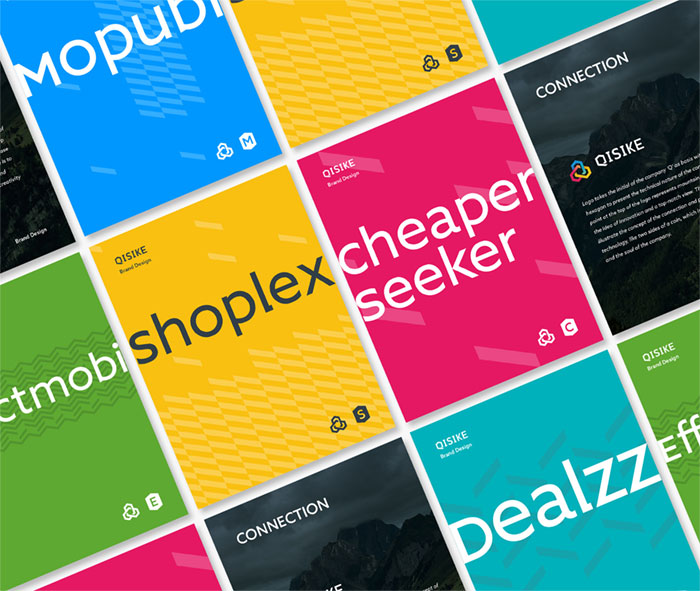
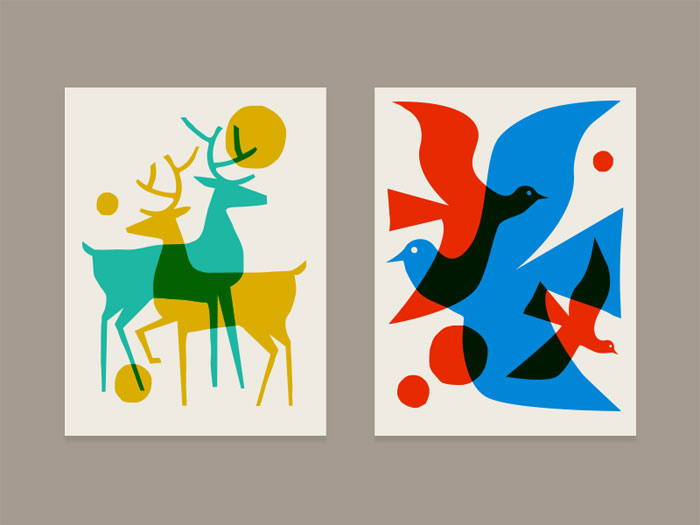
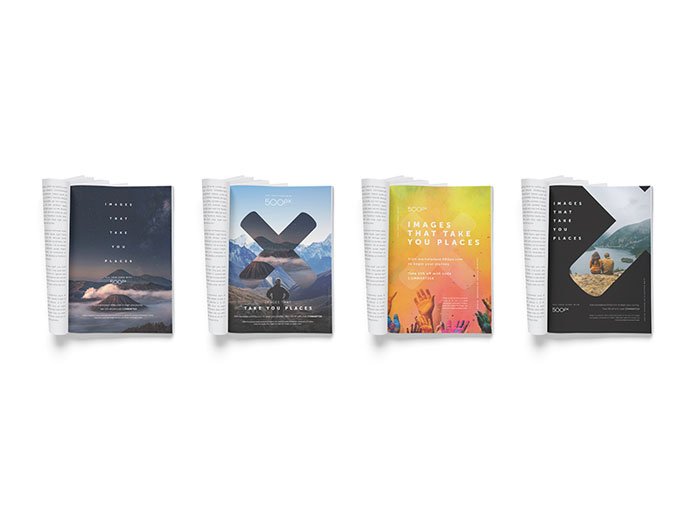
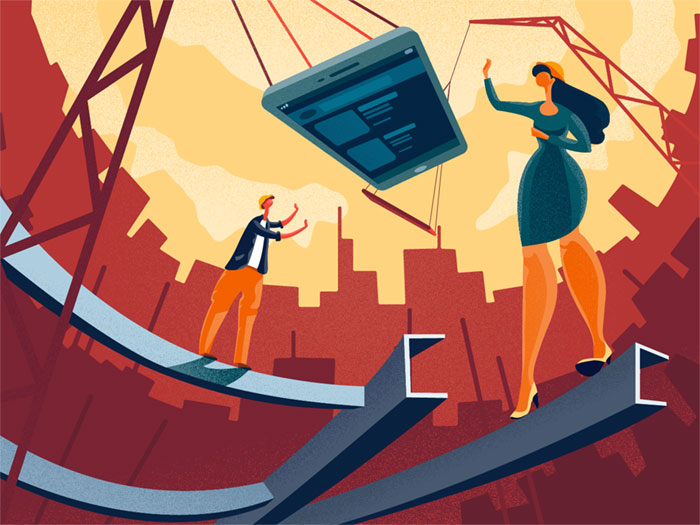


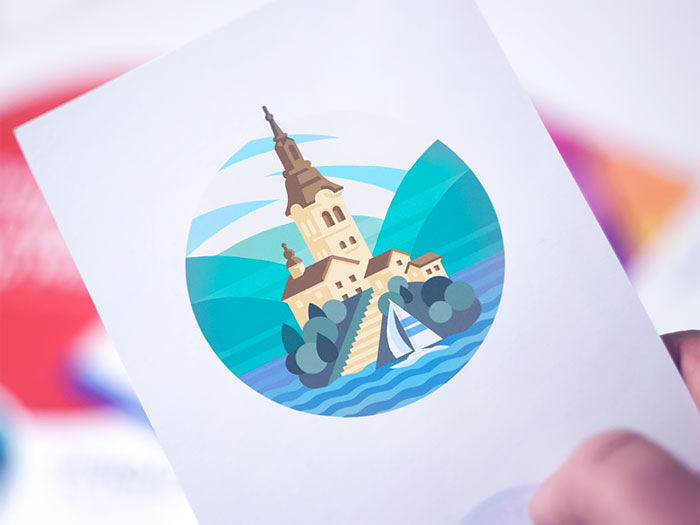

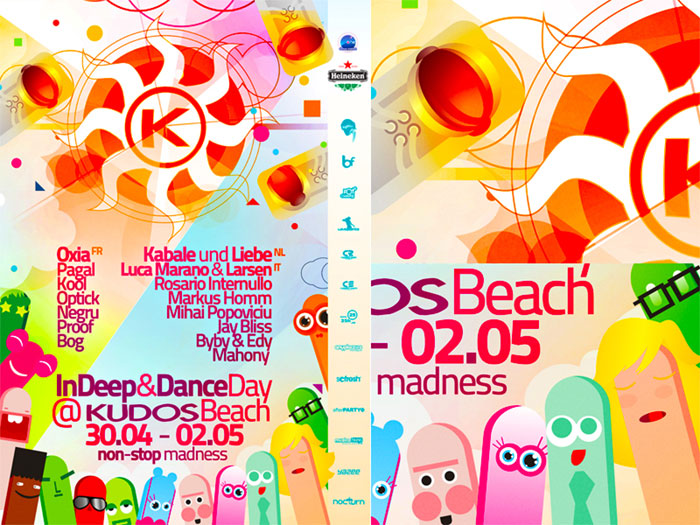
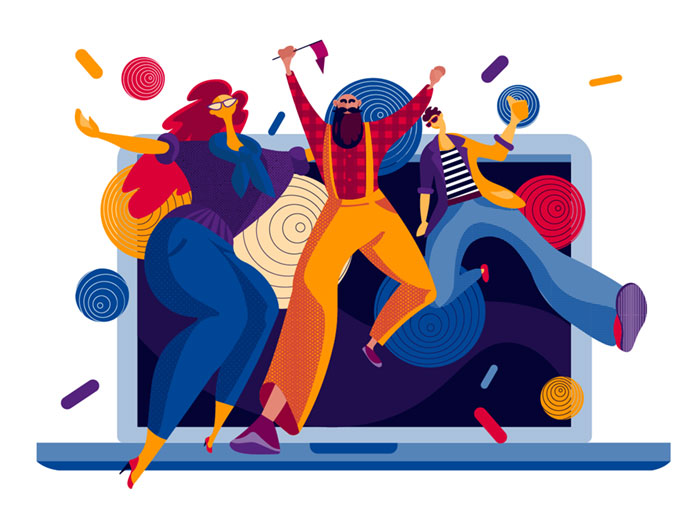
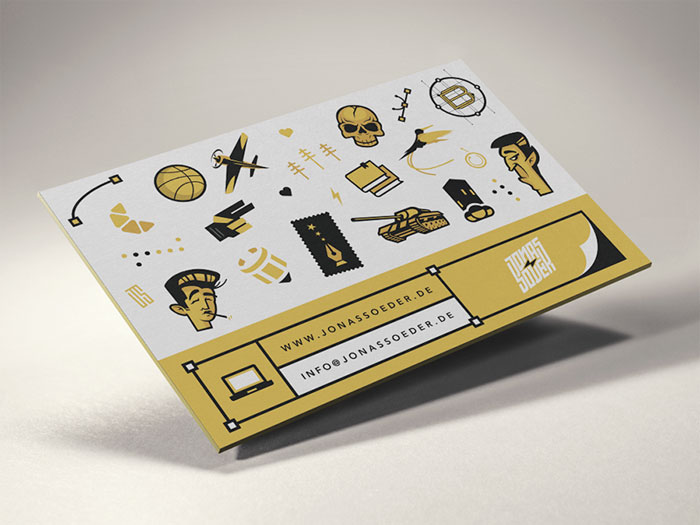
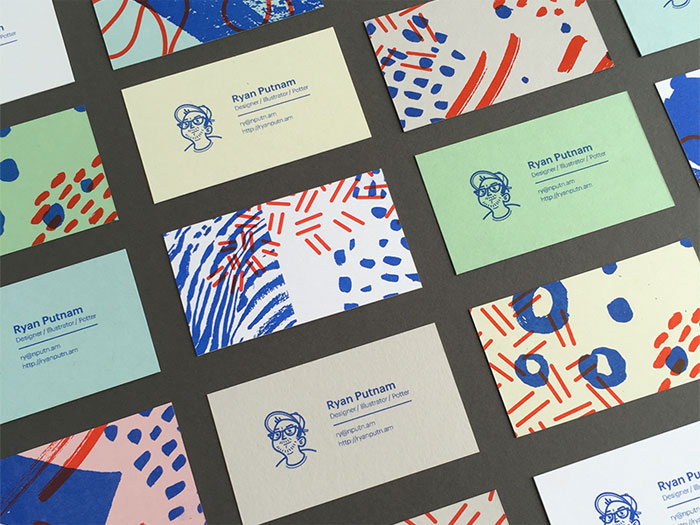
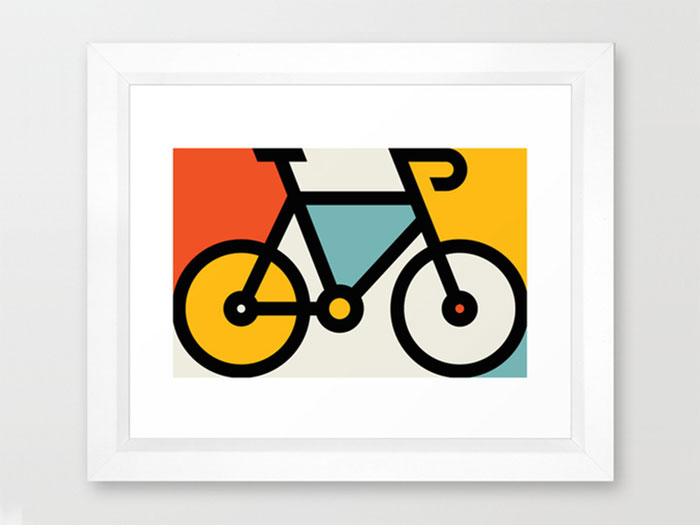


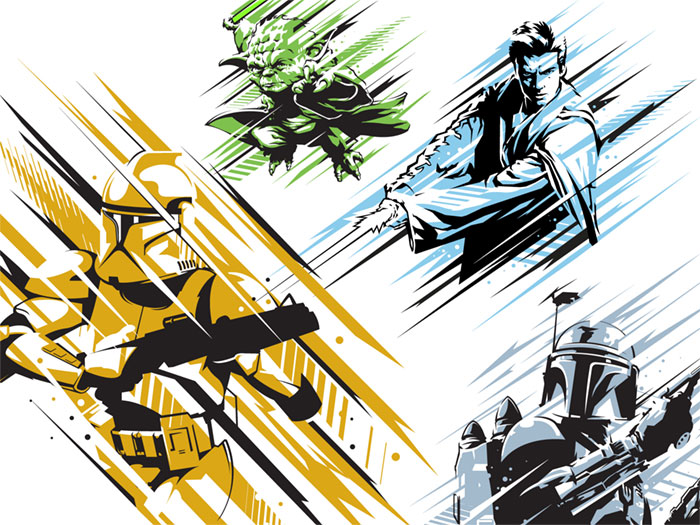
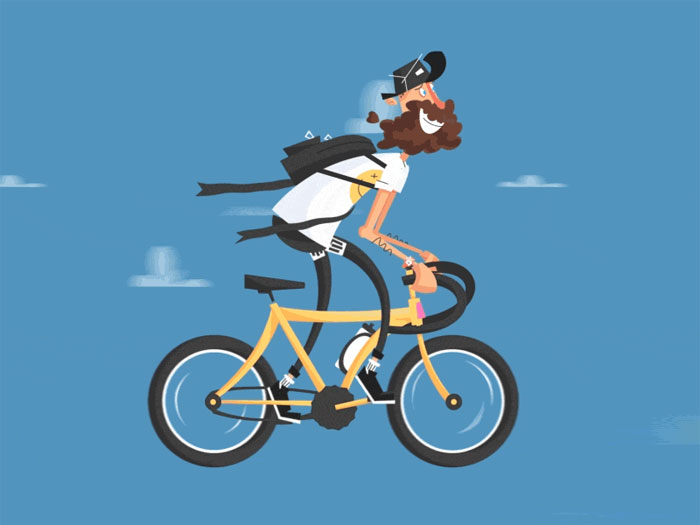
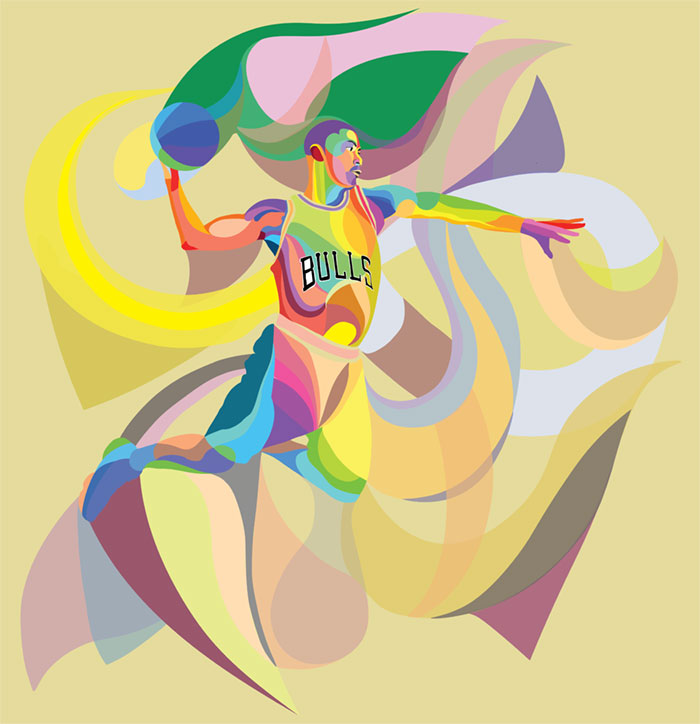




No comments:
Post a Comment